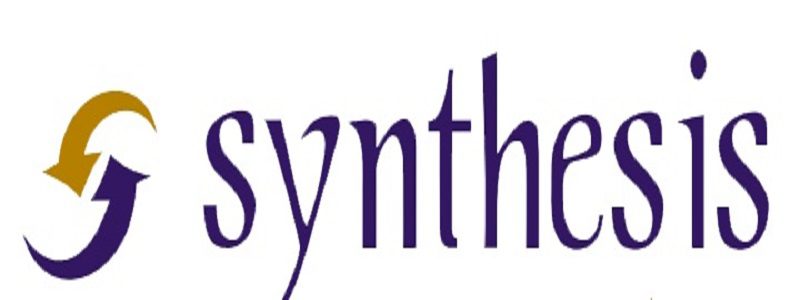Synthesis Solution Protocol: A Demonstration, Part 2
Overview
In the first part of this two-part post, we looked carefully at some of pedagogical ideas and political context impelling us to design our Synthesis Solution Protocol, along with this instructional method’s objectives and implementation stages. This post will demonstrate what the five stages of this Protocol look like in a representative implementation scenario. The debatable issue for this demonstration is a common one in U.S. History or world studies classes, in a unit on World War II (1939 – 1945).
Introducing the Observation of Argument-Centered Instructional Capacity Inventory, Part 2
This is Part 2 of my introduction of the Observation of Argument-Centered Instructional Capacity Inventory, an instrument that helps teachers and administrators know what proficient and masterful incorporation of argumentation and critical thinking throughout curriculum, instruction, and classroom culture specifically looks and sounds like. This allow teachers to take stock of what they are doing well already, and where they want to grow as professionals. And it enables administrators to monitor and support the process of professional capacity building, toward a school that provides authentic college preparation for every student.
Part 1 of this introduction can be found here. Part 2 will pick up with a close examination of the eight items in each of the domains after Curriculum – namely, Instruction and Culture. Then we will discuss the utility of the Form used to tabulate and collect ratings and comments, which formalizes the inventory (whether it is self-performed or not) of current professional capacities.
Mock Trial: Investigating the Origin of the Oppression of Native Americans
Overview
Blood on the River is a very well-regarded 2006 young adult historical novel by Eliza Carbone. Told from the point of view of 12 year old English orphan Samuel Collier, it is set in 1606 – 1611 and tells the story of the settlement of the Jamestown colony in Virginia, from the erection of the first domiciles, to the building of the fortress that would protect the fragile colony, to the “Starving Time” in the winter of 1609-10, and beyond.
Threaded throughout the novel there are conflicts between the British aristocracy (which both sponsors the trip, in the form of the Virginia Company, and leads it, in the persons of several Captains) and commoners, and between the colonists and the native population of Virginia. These conflicts form the heart of the novel’s concerns and interests. This argument-based project brings these conflicts together in a debatable question that plays itself out in the classroom in the form of a mock trial that puts the British aristocracy on trial for, in effect, originating the violent oppression of the Native American population that Blood on the River anticipates and (in its closing pages) foretells.
Should High School Students Be Required to Take Algebra? Debating the Matter in Class Using SPontaneous ARgumentation
A debate has broken out over the past few years in (and beyond) education circles over whether algebra should be a high school graduation requirement. The controversy in its current iteration was fueled when the Common Core elevated algebra to a privileged position in secondary math education. Then Secretary of Education Arne Duncan made the case for the standards’ commitment to algebra in a 2011 speech to the National Council of the Teachers of Mathematics.
In recent years, it has become increasingly clear to the country — not just to you guys as teachers — that algebra is a key, maybe the key, to success in college. Students who have completed Algebra II in high school are twice as likely to earn a degree as those who didn’t. Algebra teaches students reasoning and logic leading to academic success not just in math but across the curriculum.
Only Connect: Making Cross-Disciplinary Incorporation of Argument More Coherent & Consistent
Only Connect.
— E. M. Forster, Howard’s End (1910)
When schools implement any “intervention” or improvement initiative there is the inherent challenge in trying to attain not only a fidelity to its core principles, but also a coherence and consistency across classes, teachers, and disciplines. Schools, as intensifying reform waves have come to appreciate ever more deeply, are complex institutions with many moving parts and individual and group intentions and agendas. The service model deployed, and theory of change embraced, by Argument-Centered Education only heightens the difficulty level, and the importance, of achieving cross-disciplinary and faculty-wide coherence and consistency of understanding and implementation.






